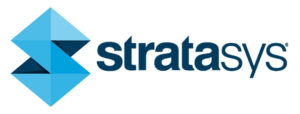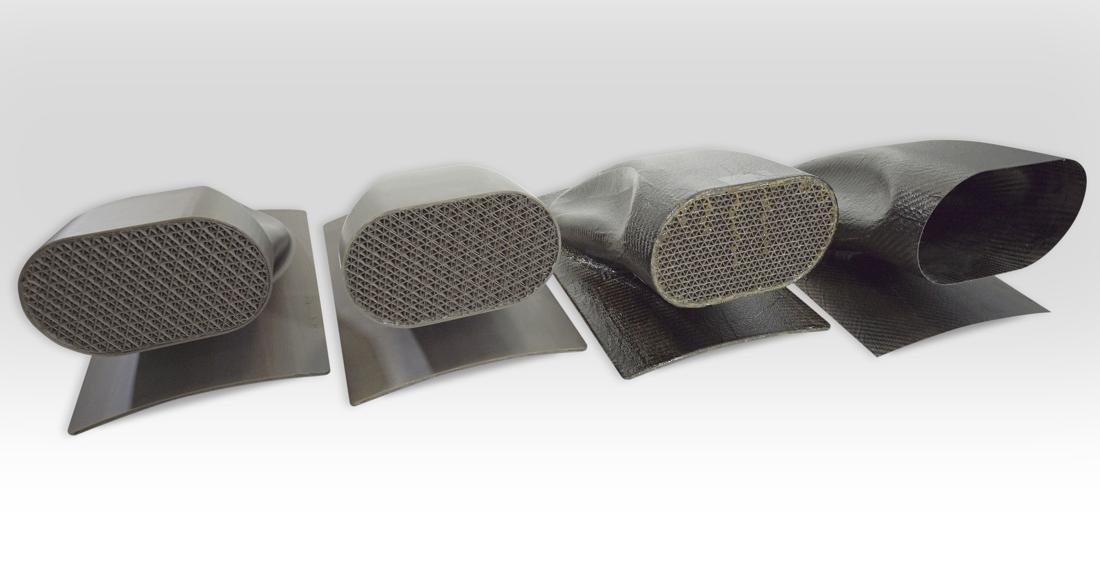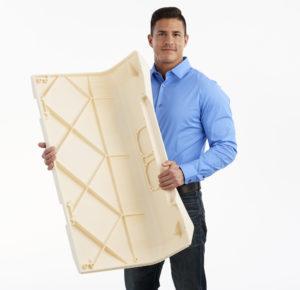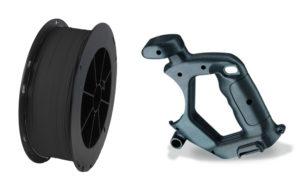Stratasys Releases Four FDM 3D Printer Enhancements for Use with High-Quality and Demanding Industrial Applications
 FDM 3D printing used to be a tool primarily used to rapidly produce prototypes by very large companies that could afford the high price tags that went along with it. But as low-cost desktop 3D printers started to become more popular, an entire new range of companies discovered how quickly prototypes and tooling could be fabricated using the technology. The turnaround could be accomplished in days rather than weeks and months. New customers haven’t been shy in demanding that companies improve Fused Deposition Modelling (FDM) technology, and create a new generation of advanced materials specifically for industrial applications.
FDM 3D printing used to be a tool primarily used to rapidly produce prototypes by very large companies that could afford the high price tags that went along with it. But as low-cost desktop 3D printers started to become more popular, an entire new range of companies discovered how quickly prototypes and tooling could be fabricated using the technology. The turnaround could be accomplished in days rather than weeks and months. New customers haven’t been shy in demanding that companies improve Fused Deposition Modelling (FDM) technology, and create a new generation of advanced materials specifically for industrial applications.
As one of the original 3D printing technology companies, and the developers of the FDM process, Stratasys has been producing machines for rapid prototyping for decades. Their family of FDM-based 3D printers are some of the most popular professional grade machines available, and in recent years they have seen in increase in interest in the technology across a wide range of industries. This week they are announcing four new enhancements to their FDM 3D printers that will optimize their technology for the rapid production of prototypes, production tools and end-use parts for use with some of the most demanding manufacturing applications.
To make the production of hollow composite parts easier and to allow for more complex geometries, Stratasys has improved their Sacrificial Tooling process. Sacrificial tooling is the process of wrapping composite materials around 3D printed molds that will be removed once the composites have fully cured. The process allows for much more complex and hollow parts to be rapidly produced at a fraction of the cost of traditional fabrication methods, with less design restraints. To make the process even easier, Stratasys has developed its new ST-130 3D printing material and new, optimized fill patterns.
“Ideal for automotive, aerospace and sporting goods industries, the new ST-130 material empowers manufacturers of composite parts with an accelerated, more cost-effective option for sacrificial tooling,” explained the Director of Manufacturing Marketing and Enablement at Stratasys, Ryan Sybrant.
Together, these new materials and fill patterns will be easier to remove once the curing process is complete, and they will 3D print faster, have higher heat and pressure tolerances and produce higher quality tooling and molds. The molds and tooling will also have a high quality surface finish, higher dimensional stability and accuracy than traditional materials, but can easily be completely dissolved by being exposed to a detergent solution. The new Stratasys sacrificial tooling solution will be available for the Fortus 450mc and 900mc family of 3D Printers.
Stratasys is also introducing the Fortus 900mc Acceleration Kit to further reduce prototype, tooling and end-use part cost and production time. The new kit was designed specifically for the Stratasys Fortus 900mc, their most advanced large-scale FDM 3D printers. The new acceleration kit will enable the 900mc to print large structures and parts up to three times faster on its massive 914 x 610 x 914 mm (36 x 24 x 36 inch) build envelope than was previously possible. ASA and ULTEM 1010 are the first Stratasys materials that will be compatible with the upgrade kit.
Because it is so heavily regulated, the aerospace industry has very strict traceability specifications for any materials that are used to produce prototypes or end-user parts. Stratasys’ ULTEM 9085 Aerospace-grade 3D printing filaments have always been produced according to these stringent aerospace specification requirements, however the new Aerospace designation will provide companies with production traceability that is in full compliance with all aerospace requirements. Each order of ULTEM 9085 Aerospace-grade filament will include complete traceability documentation, a certificate of analysis confirming batch material properties and a Stratasys Certificate of Compliance. Low-volume or custom tooling applications have also been optimized using the ULTEM 9085 Aerospace materials.
Stratasys has also expanded the number of 3D printers that are now able to print using its durable and stable PC-ABS materials. Companies that operate the Fortus 380mc and 450mc 3D printers will now be able to use PC-ABS filaments for more complex and challenging applications like power-tool prototyping and the manufacturing of high-grade industrial equipment. Because it is a real engineering thermoplastic, it is an ideal material to use to produce 3D printed prototypes that will closely mimic the properties of the final product. PC-ABS is an extremely strong material that has a final, smooth matte finish that is optimal for low-volume or custom production builds.
“We believe that these new enhancements will greatly increase the impact of Stratasys FDM 3D printing solutions, clearly demonstrating a commitment to the ongoing success of our manufacturing customers. Each new feature is designed to address specific manufacturing requirements – including speed, ease-of-use and creation of new industrial applications,” Sybrant concluded.
You can learn more about Stratasys’ Fortus family of industrial and commercial-grade FDM 3D printers, as well as all of their new enhancements and upgrades over on their website. Discuss in the Upgrades to Fortus 3D Printers forum over at 3DPB.com.
Subscribe to Our Email Newsletter
Stay up-to-date on all the latest news from the 3D printing industry and receive information and offers from third party vendors.
You May Also Like
NSF Awards Kentucky $1M for Advanced Manufacturing
The National Science Foundation has awarded a $1 million grant to the University of Louisville for the Advancing Manufacturing and Building Construction Technologies (NSF AMT) project. This initiative is part...
3D Printing News Briefs, May 11, 2024: 3D Printed Stent, Tower, Sculptures, & More
We’re starting off with medical research in today’s 3D Printing News Briefs, as researchers in Korea used CT images and 3D printing to fabricate an educational simulator for a mastoidectomy....
3D Printing Unpeeled: Wind Turbines, Probiotics and Lenses
TPI Composites, ORNL and Ingersoll Rand are working to make wind turbine tooling segments that can be 18.3 meters long. These elements also include resistive wires that help keep the...
Tethon 3D Releases Cost-effective Bioprinter
Tethon 3D, known for its ceramic-loaded DLP materials, custom resins, and DLP 3D printers, has recently released a bioprinter. Vat polymerization printers like DLP systems have been widely used by...



































